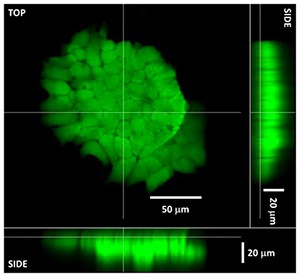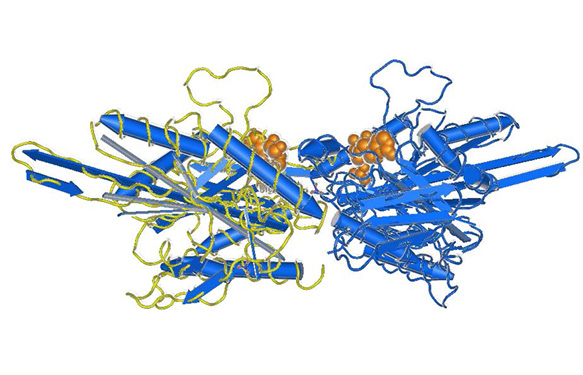A recent publication presents how a molecular printing instrument has been modified in order to enable micron-scale —quill-pen based printing of mammalian cells using HyStem® UV Hydrogels. Micro-scale printing and patterning of living cells has multiple applications including tissue engineering, cell signaling assays, and the fabrication of cell-based biosensors.
In this work, a molecular printing instrument (Bioforce Nano eNabler), was modified to enable micron-scale —quill-pen based printing of mammalian cells in a 3D hyaluronan/gelatin based hydrogel.

Specifically, photo-initiated —thiol-ene click chemistry was used to couple the thiol groups of thiolated hyaluronan/thiolated gelatin to the alkene groups of 4-arm polyethylene glycol (PEG)-norbornene molecules. Rapid photopolymerization enabled direct printing and controlled curing of living cells within the hydrogel matrix.
The resulting hydrogels were biocompatible with human adipose-derived stem cells, NIH-3T3 cells, and mouse embryonic stem cells.
The utility of this printing approach was also explored for cell-based biosensors. Micro-printed cells expressing a redox sensitive variant of the green fluorescent protein (roGFP-R12) showed a measurable fluorescent response to addition of oxidizing and then reducing agents.
This work represents a novel approach to micron-scale cell patterning, and its potential for living, cell-based biosensors.
Want to know more about this new type of cell-based assays?
Publication describing the new molecular printing approach described in this post
Hynes W.F. et al. “Micropatterning of 3D Microenvironments for Living Biosensor Applications” Biosensors; 4(1): 28–44. DOI:10.3390/bios4010028.



